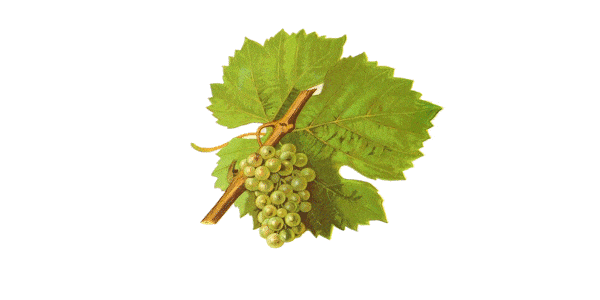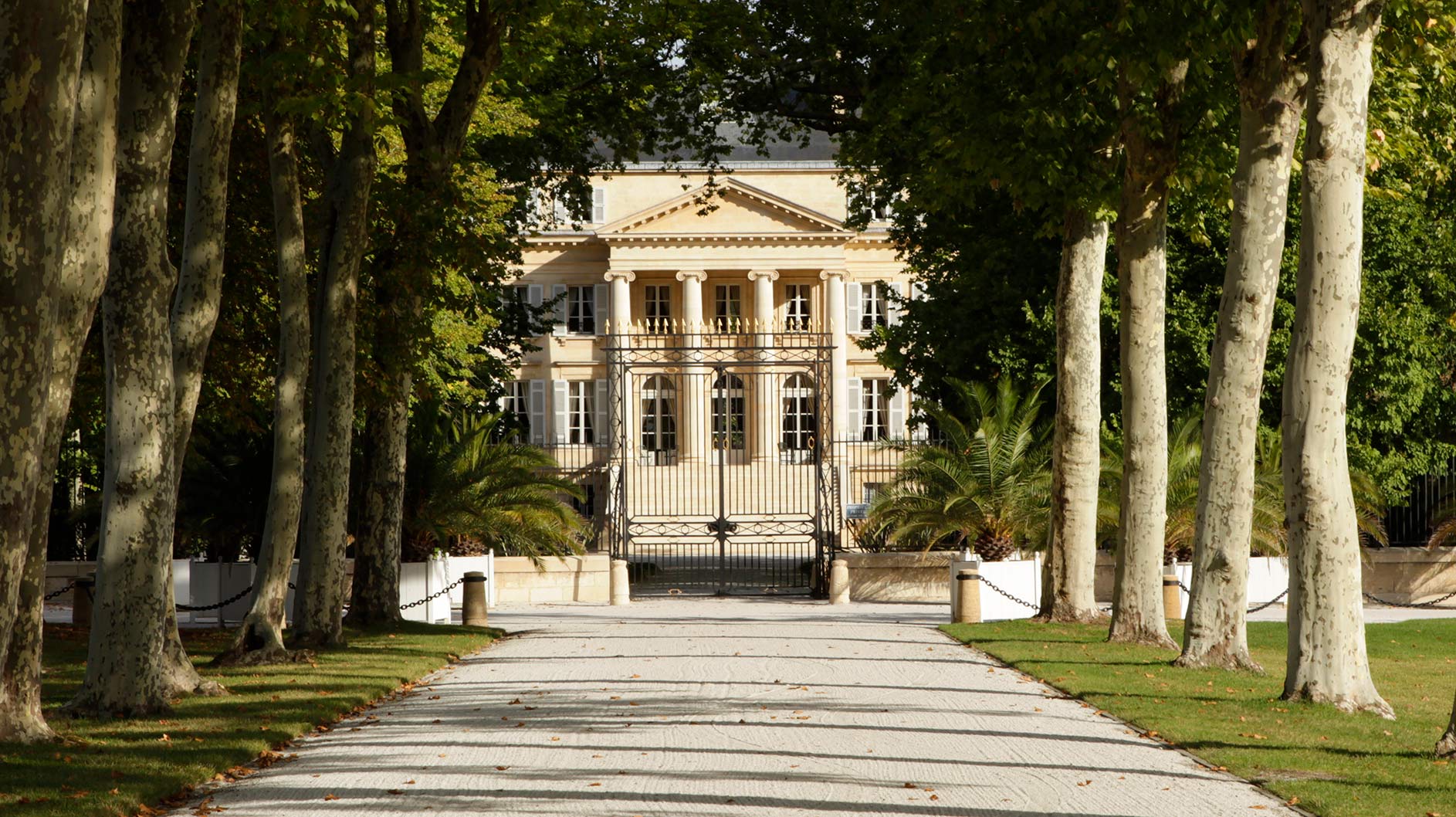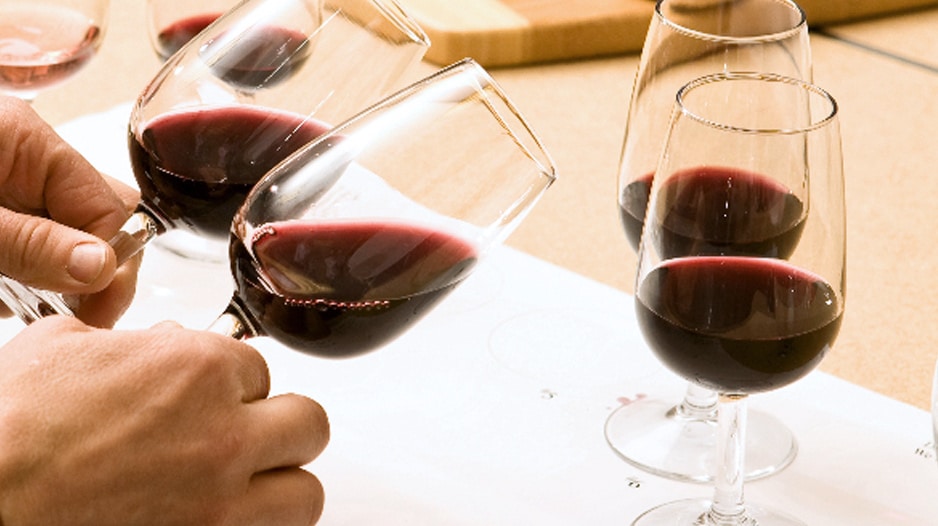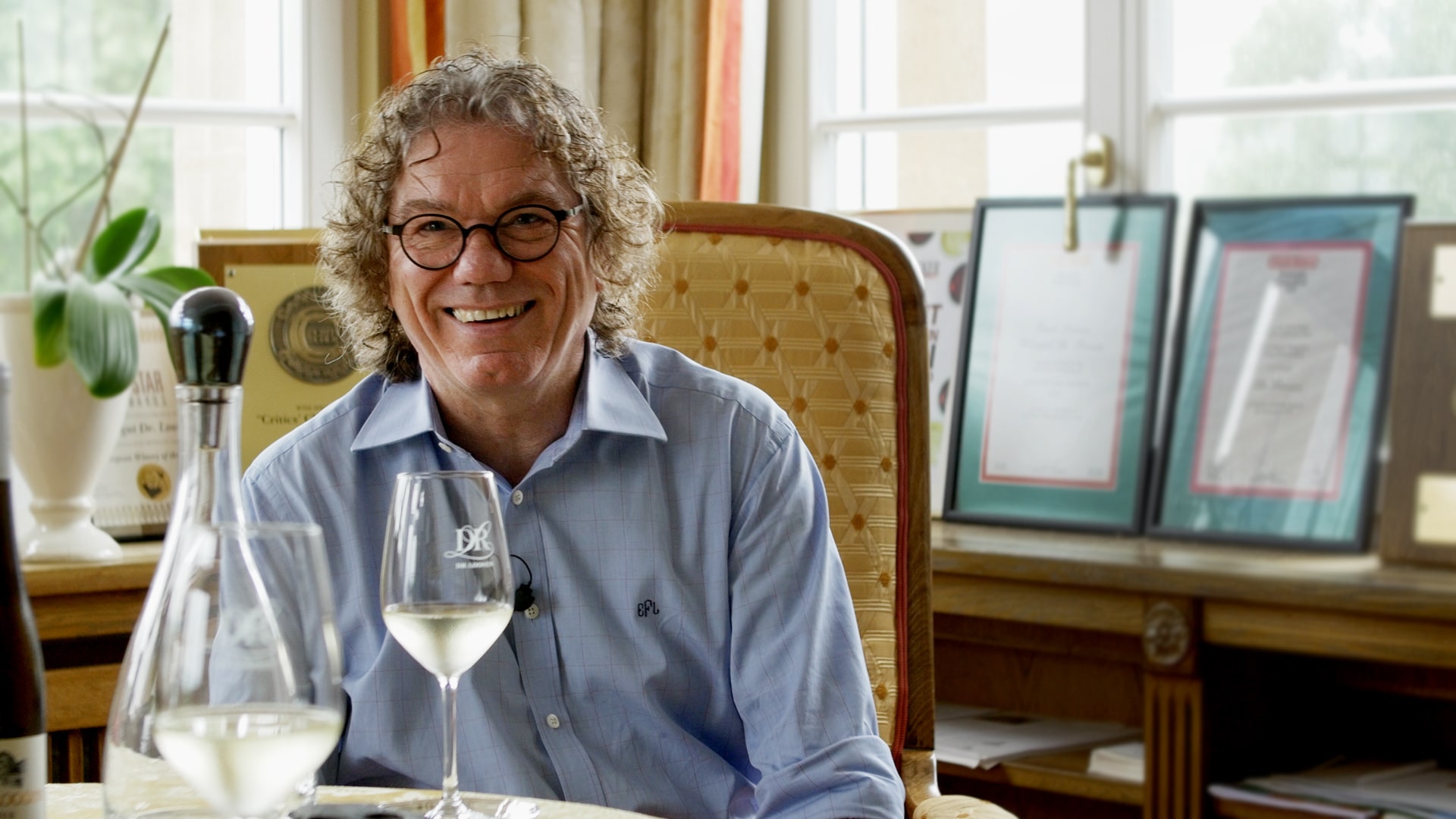For decades now, the wine trade has prophesized a Riesling revolution. Guess what: it’s just not going to happen. The labels are confusing. The wines can be – gasp – sweet. And consumers still haven’t forgotten Blue Nun and Black Tower. But why would we want to change things anyway? Some of the best Rieslings are remarkably good value, precisely because they lack the popularity of Chardonnay, Sauvignon Blanc, and Pinot Grigio.
Where Riesling is grown
Riesling is grown in many parts of the wine world. If it’s legally permitted, it’s planted. And, well, if it’s not legally permitted, it’s often planted anyway. You can even find Riesling in Bordeaux, where the variety has to be labelled as a Vin de France.
Riesling’s homeland is the cool, marginal climate of Germany, where it reaches its pinnacle on treacherously steep slopes along the Rhine and its tributaries. One of those is the Mosel River, which snakes and twists over 250 kilometres. The Mosel is the oldest winegrowing region in Germany, and the wines have been prized for hundreds of years. The real heart is the Golden Mile on the Middle Mosel around the town of Bernkastel, where you’ll find renowned vineyards like the Doctor.
The other benchmark regions in Germany are the Rheingau and the Pfalz. An abrupt turn in the Rhine River means the vineyards of the Rheingau have a south-facing aspect that maximizes exposure to the sun. The Pfalz is second to the Mosel in plantings of Riesling. Located along the French border and neighbouring Alsace, there’s no shortage of similarities between these two regions.
Alsace is the region for Riesling in France. In the rain shadow of the Vosges Mountains, this warm, continental climate could ripen Cabernet Sauvignon if growers wanted to plant it. (They don’t.) It’s an important reminder that Riesling is not just a cool-climate grape variety. It can thrive in a broad range of climates, more so than almost any other grape, from average growing season temperatures of 13 to 17 degrees Celsius.
This helps to explain why Riesling is planted next to Cabernet Sauvignon in South Australia. And not just for patio sippers, either. Serious Riesling is produced in the Eden and Clare Valleys, led by producers like Grosset and Yalumba’s Pewsey Vale. The same is true in Napa Valley. Riesling plantings may be few and far between these days, but bottlings from Trefethen demonstrate why the variety was once so widespread.
Other top regions include Central Otago, the Columbia Valley in Washington, the Finger Lakes, Niagara Peninsula, Okanagan Valley, and Austria’s Wachau region.
What Riesling tastes like
Riesling runs the gamut from sparkling to bone-dry to unctuously sweet, and everything in between. One of the major issues for consumers is knowing whether their wine will be dry or sweet. Sometimes it’s a game of roulette. But one thing is consistent across the board: you’re unlikely to find new oak used with the variety.
Riesling from the Mosel is typically light, delicate, and floral with characteristically low alcohol levels (7-9% abv). In contrast, Rheingau Riesling is typically riper and richer, with correspondingly higher alcohol. The Pflaz takes it up another notch, and these wines are often dry, racy, and powerful.
The wines of Alsace are typically dry with alcohol levels in excess of 12% and frequently defined by their bracing acidity. They’re commonly aged in foudres, which can give them more richness on the palate to complement the ripe citrus and intense mineral notes. The vendange tardives and sélection de grains nobles are some of the best dessert wines in the world.
Most Australian Riesling is bone dry, can be searingly acidic, with a dominant flavour of lime. As with other regions, the wines can develop a curious petrol note, especially with age. Some love this, others don’t.
What to pair with Riesling
Riesling is one of the best white wines to drink all by itself, especially when they’re dry or slightly off-dry. The lightness of the body, the bright, crisp citrus and green fruit flavour, slip down easily.
With food, we would recommend light seafood and salad dishes. In Germany, it’s common to pair Riesling with asparagus and cured meats. In Alsace, the richer Rieslings can pair well with choucroute and a variety of soft cheeses like Munster. In Australia, you can throw another shrimp on the barbie or take a bottle to the beach.
How to pronounce Riesling
“Ree-slean”
What to buy
Dr. Loosen Dr. L Riesling 2020 ($13)
Mosel, Germany
Pewsey Vale Eden Valley Riesling 2019 ($18)
Eden Valley, Barossa, South Australia
Ravines Dry Riesling 2018 ($18)
Finger Lakes, New York
Eroica Riesling 2019 ($20)
Columbia Valley, Washington
Robert Weil Rheingau Riesling Trocken 2019 ($27)
Rheingau, Germany
Domane Wachau Federspiel Bruck Riesling 2018 ($30)
Wachau, Austria
Trimbach Reserve Riesling 2017 ($35)
Alsace, France
Grosset Polish Hill Riesling 2020 ($55)
Clare Valley, South Australia
J.J. Prum Wehlener Sonnenuhr Riesling Kabinett 2018 ($55)
Mosel, Germany
Von Winning Grainhubel Riesling Grosses Gewachs 2018 ($70)
Pfalz, Germany






